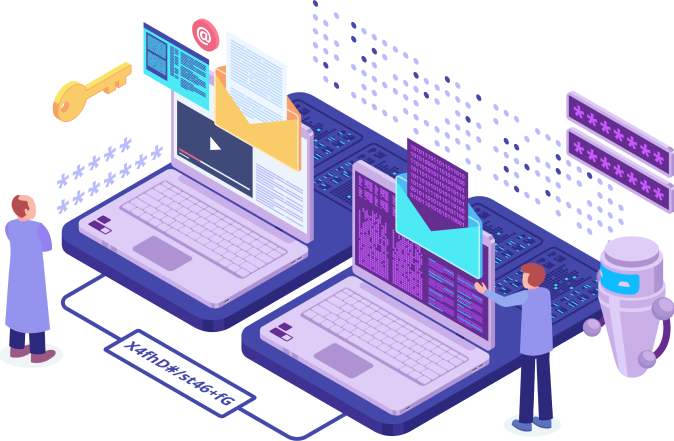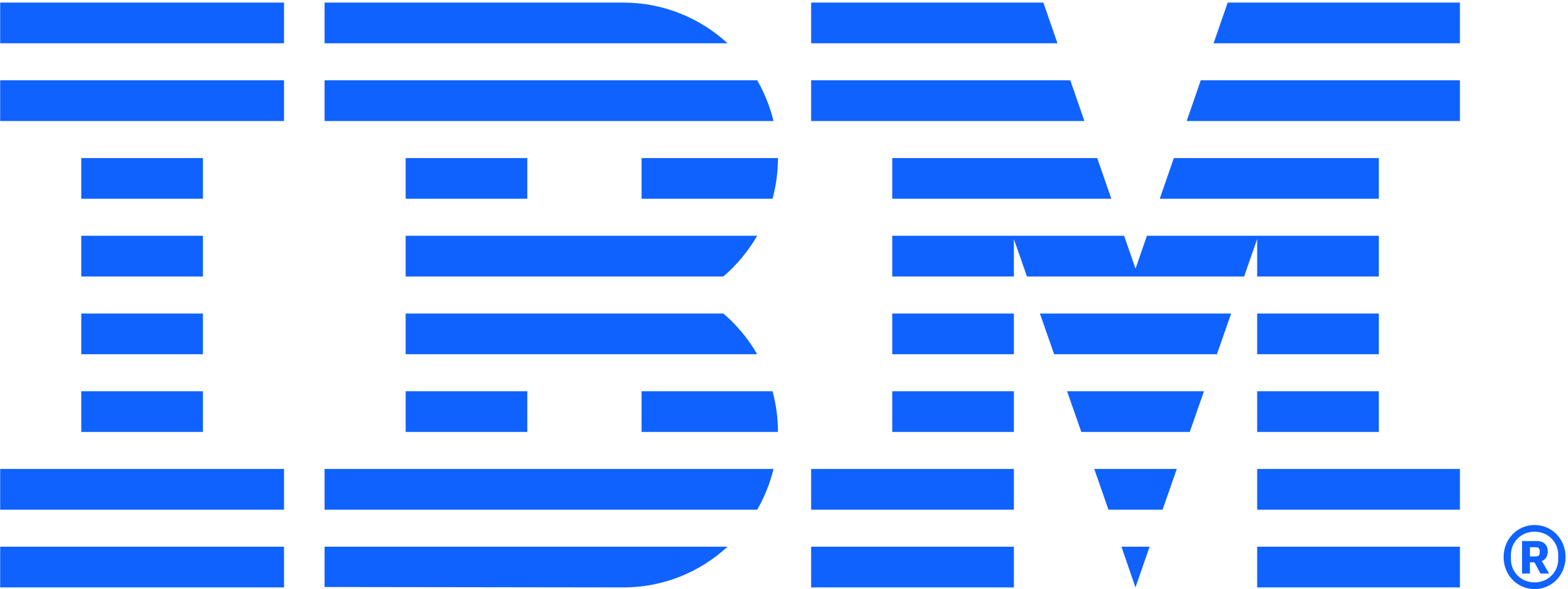


our vision
Key Components of Data Modernization
Cloud Data Platforms & Storage
Database Modernization
Real-Time Data Processing & Analytics
Data Governance & Security
AI/ML & Automation
API-Driven & Microservices Architecture

Data modernization is the process of upgrading legacy data systems, architectures, and storage to modern, scalable, and cloud-native solutions. It ensures real-time analytics, AI/ML capabilities, and seamless cloud integration, helping organizations make data-driven decisions efficiently.



















Copyright © 2025 unitechcybershield
Terms and Conditions | Privacy Policy